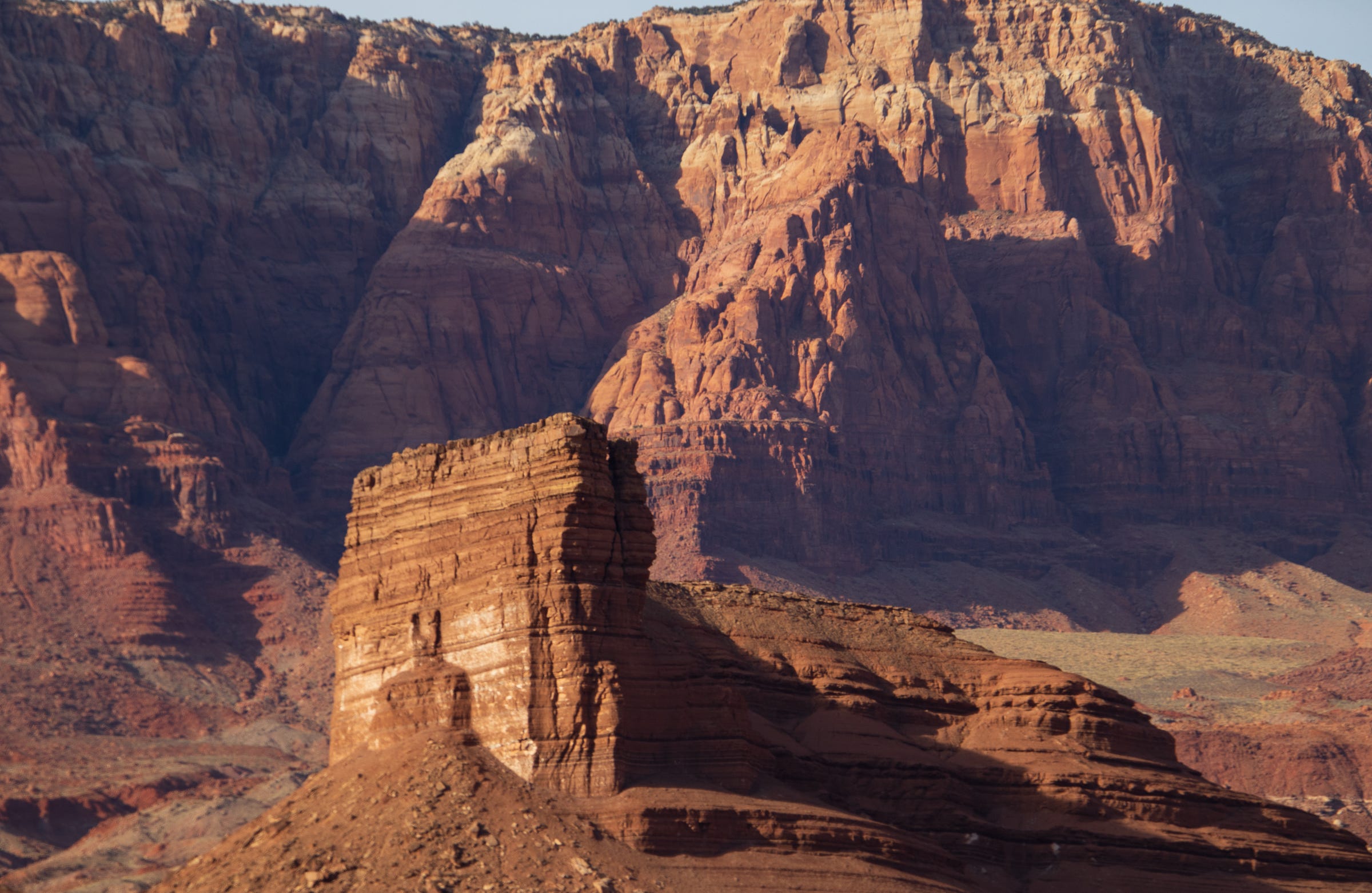Trump looks to make the BLM the Bureau of Livestock and Mining Again
Plus: Clearing up confusion over oil and gas lease reviews
🌵 Public Lands 🌲
“The initials BLM no longer stand for Bureau of Livestock and Mining. The days when economic interests exercised control over decisions on the public domain are past. The public’s lands will be managed in the interest of all the people because they belong to all the people. For too long, m…
Keep reading with a 7-day free trial
Subscribe to The Land Desk to keep reading this post and get 7 days of free access to the full post archives.


